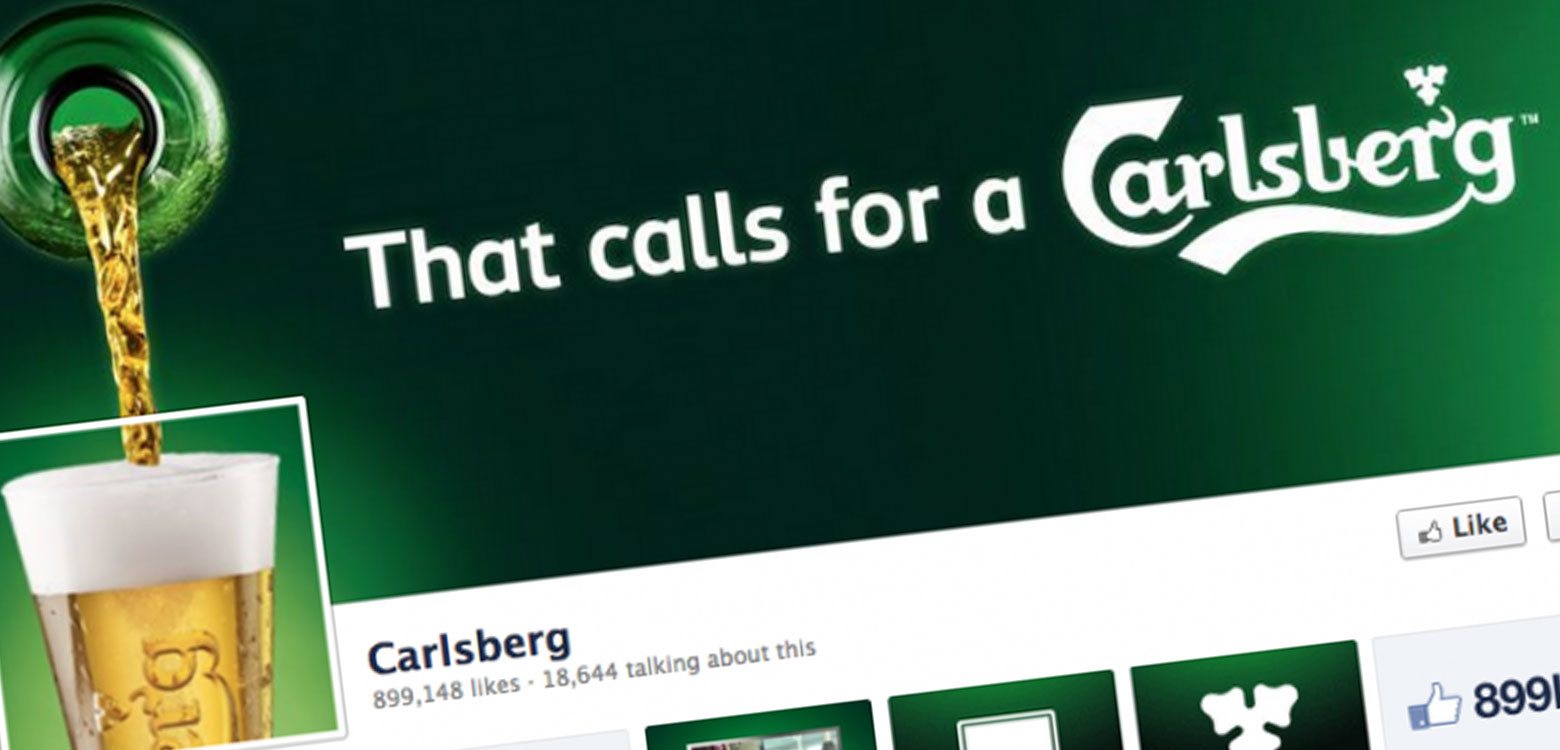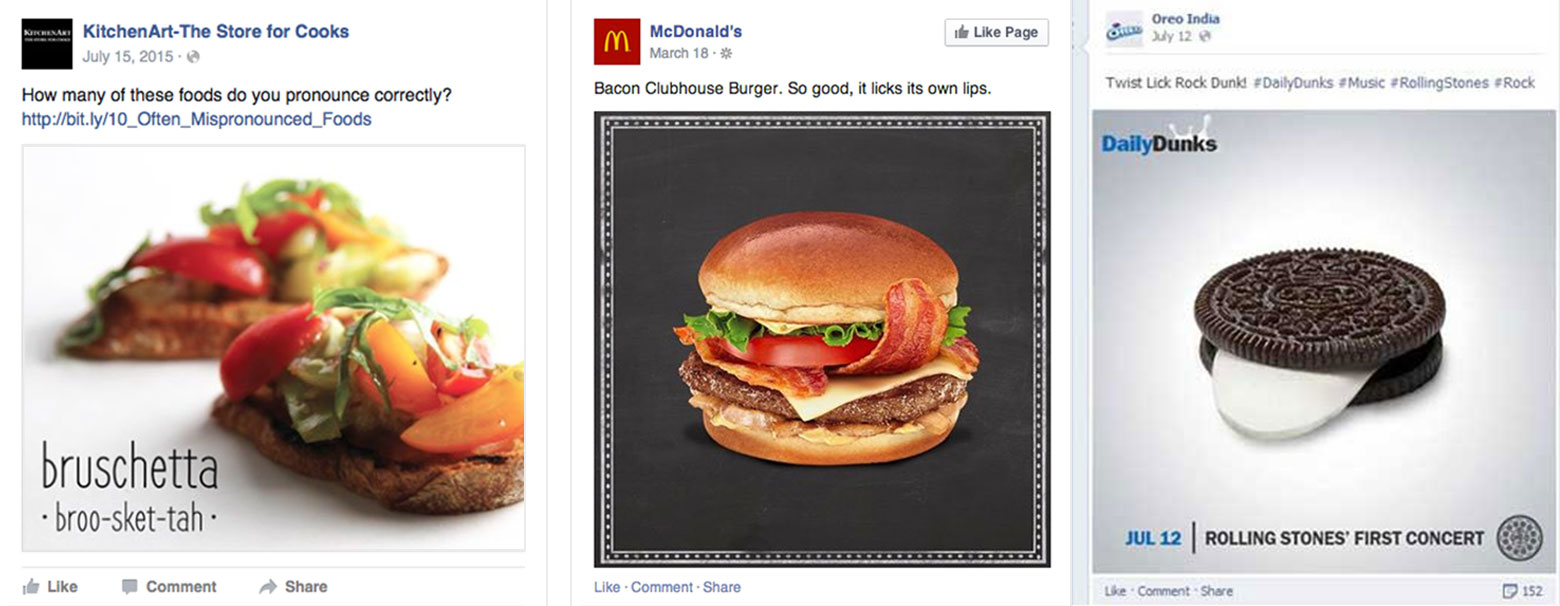
Creating effective social media
22nd September 2016
Social media has become a sort of normality in our world today. We wake up, reach for our phones, check our messages, Facebook, Twitter, make our coffee and check again on our commute, it’s become part of the human psyche and routine. It appears in our films of hashtag killers and Facebook stalkers, personifying it as the modern day technological serial killer. We even categories our social media to fall into certain brackets such as Facebook for social communication, Linked in and Twitter for business speak and recruitment or Instagram and Pinterest for creative outlets to communicate our everyday lives and share our finds. It’s easy to see that companies have been using this tool for years to communicate the missions and become one of the crowd by joining in with the modern trending technology. But what is it about social media that speaks to us?
Is it the immediate availability to communicate our feelings, thoughts and lives? The availability of opinion on products, sites and companies that gives us the information to make our buying decisions? Or is it plainly just a modern trend that if we don’t join and utilise, will be left behind and forgotten? Whatever the reason, social media has become an integral way for companies to communicate their products and generate trust with their target audiences. Because social media is personal to every company and persona, there is no right or wrong way of how to use it to develop your company. However, there are a few generics points that may help us to create more targeted marketing campaigns right at the core of modern trend technology that will only enable us to communicate our brands and products better.
 Carlsberg use social media very well. A clever way of using the profile picture and cover photo and making them work together. Simple but extremely successful and creative.
Carlsberg use social media very well. A clever way of using the profile picture and cover photo and making them work together. Simple but extremely successful and creative.
Designing social media advertising
1. Headline
The first point of contact the user will see. Make it stand proud, whether it’s an offer or a USP ensure the wording is articulate, easily readable and understandable and most of all will be enough to engage our user to click through.
2. A picture paints a thousand words
Imagery is key to creating click throughs. This is what attracts users. It doesn’t necessarily need to show all the information, but your main USP need to stand out via the image. Make it big, up front and central. Also, push the limits of your ads and posts, think about how to use the layout of the social media pages to your advantage.
3. Don’t hide the price
This is a rule of thumb with most products, by communicating the price openly, we generate trust with our user and removes the annoyance of having to explore the site to find it. It also shows that you don’t hide important information and separates the people who can actually afford your product from the ones that can’t right from the word go.
4. Offers
We all love a bargain. If it’s a new product then why not create an introductory offer? We advised one of our clients to do this recently Boka Food on their website and in their social media advertising as it gives customers the chance to try your product at a cheaper price as well as a feeling that they’re getting something back. Very similar to how subscription magazines do it. Reduce the magazine price for the first issue, let the reader see what it’s like and then let them decide whether they wish to carry on.
Sales events are another great way of doing this. Boden do this well via their email marketing by sending out email reminders as a countdown to sales events, this could be done using Facebook. Maybe with the use of an animated gif.
5. Use the buttons
A call to action is expected and appreciated, there’s a purpose to the ad, which we expect. It also puts power in the user’s hands to be able to find out more if they want to, or to go straight to buying. Motivating our users into action.
6. Destination
Where are we sending our user? Will they be directed to a landing page? The buy now on the site? Planning and extending the social media journey will help click throughs and maintain our customers as they see detail and care at how we have thought about their destination as much as the ad that attracted them. Which equally then relays back to the brand’s values. The imagery also needs to have some element of consistency to ensure a streamlined journey for the user as possible.
7. Consumer expectation
Ensure you motivate the user emotionally. Remember their expectation of an ad and keep in mind their habitual Facebook behaviour, how they use Facebook and mirror it in the design. This is not the best place to introduce interface rebellion by introducing new items to their journey. Communicate the ad emotionally and but maintain their expectation.
8. Research audience targeting
There are many ways you can target your ad to cater different audience requirements. However on certain social media sites there is a general rule of thumb in getting this right. E.g. Facebook receives gender targeting very well but lesser to interests of the audience. Research well before setting.
9. Testing
Work into the schedule the time to research and write different titles to your ads, slightly different imagery and multiple versions. Testing is the best way to find our what your consumers prefer and what gets better results and remember to test the tone, just as much as the design.
Summary
In summary, there are many ways of creating great social media ads for your consumers and it mainly depends on the time and budget you apply to your campaigns. As with all technology, we need to make sure that we don’t ignore social media as it grows and develops but use it, as it’s one of the biggest platforms that readily delivers an open audience, great for market research. We need to remember that social media is a great tool in trialling our brand ideas out and by continually testing our ads and campaigns, we can ensure that we really know our audience through and through and create more focused and heighten the click through numbers on our websites.





